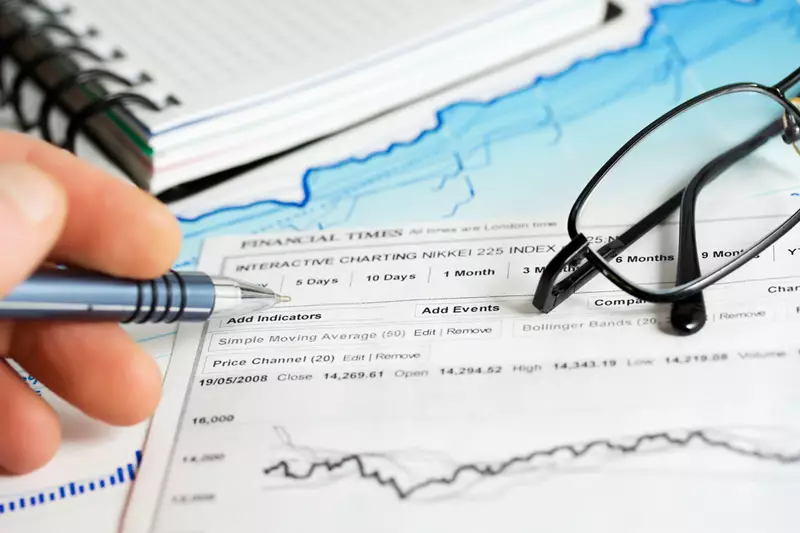On January 6, 2025, Prime Minister Justin Trudeau announced his intention to resign from his role as the leader of the Liberal Party of Canada, marking a significant turning point in the nation’s political fabric. As the party prepares to embark on a leadership race, the implications of this decision send ripples through Canada’s political landscape. With an impending federal election slated no later than October 20, 2025, the stakes have never been higher, as numerous candidates vie for the party’s top spot and the opportunity to lead the country.
With Trudeau stepping down, the resumption of Parliament, which was initially set for January 27, will be paused until March 24 to allow the Liberal Party ample time for their leadership selection. This pause indicates not only the party’s focus on finding a suitable successor but also highlights a strategic move to solidify a unified front before facing the electorate. High-profile names have surfaced among potential candidates, including Chrystia Freeland, the former Finance Minister, and Mark Carney, who previously governed both the Bank of Canada and the Bank of England. Their candidacies could shift party dynamics as they bring unique experiences and visions to the forefront.
Reflecting the current political climate, recent polling data suggests that the Conservative Party, under the leadership of Pierre Poilievre, holds a substantial lead of 24 percentage points over the Liberal Party. Should these trends persist as the election date approaches, the Conservatives may very well clinch a majority in the House of Commons, subsequently establishing themselves as the governing party. The increased allocation of seats, growing from 338 to 343 based on the latest census, positions the next federal election as a pivotal moment for power redistribution in Canada.
The Bank of America has weighed in on the possible outcomes of a leadership change, noting that a Conservative victory could lead to notable policy shifts. A transition from Liberal to Conservative governance is expected to initiate a reassessment of fiscal policies, potentially gearing Canada towards a path of fiscal consolidation. This shift in leadership will also have to navigate Canada’s existing relationships, particularly with the newly elected President of the United States, Donald Trump. Given the unpredictability of international relations, Canada’s approach to trade and tariffs remains a critical point of concern.
Despite the uncertainty that a changing political landscape brings, experts predict that the Bank of Canada will maintain its current monetary stance, remaining comfortably within a neutral interest rate range. The upcoming government transition might evoke fluctuations in the Canadian Dollar, which is likely to serve as a buffer amid possible shifts in US policy and trade relations. The market’s resilience in adapting to political changes will be critical as both domestic and international observers keenly monitor developments in the lead-up to the election.
Canada stands on the brink of potential transformation as it prepares for a new leader and possibly a new era of governance. The choices made today will shape the country’s political and economic future, necessitating scrutiny and engagement from voters across the nation.

